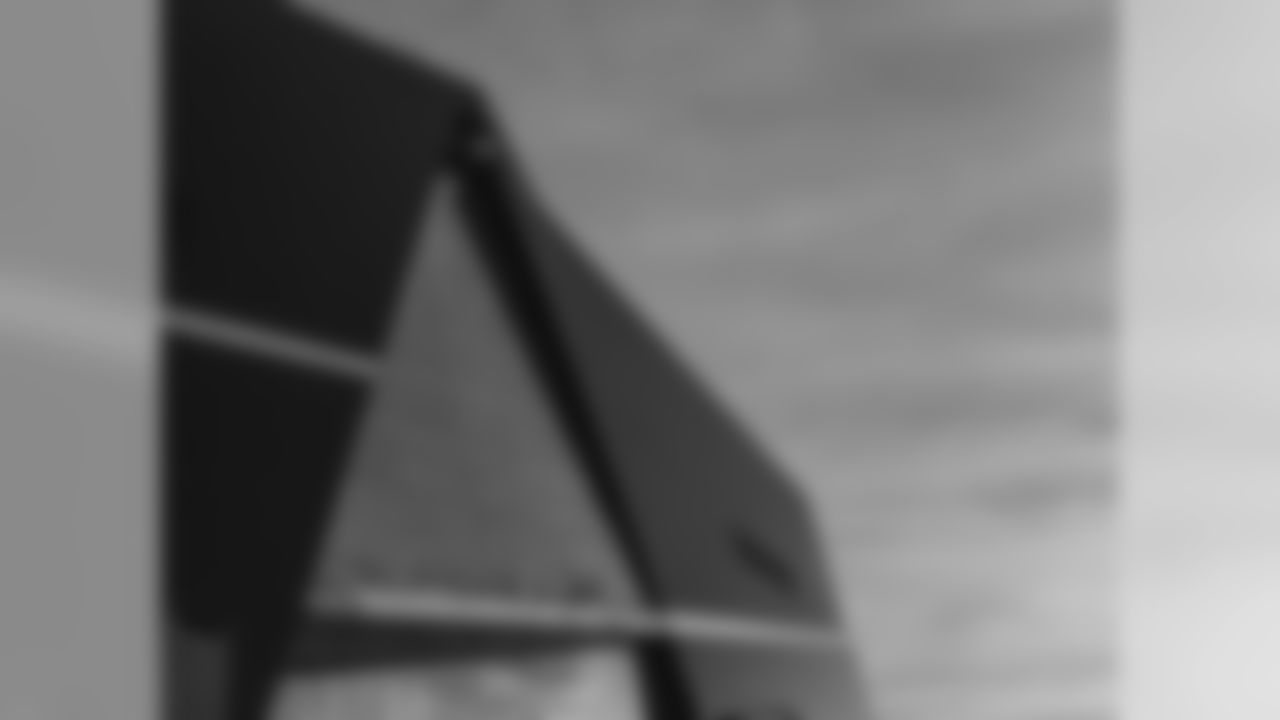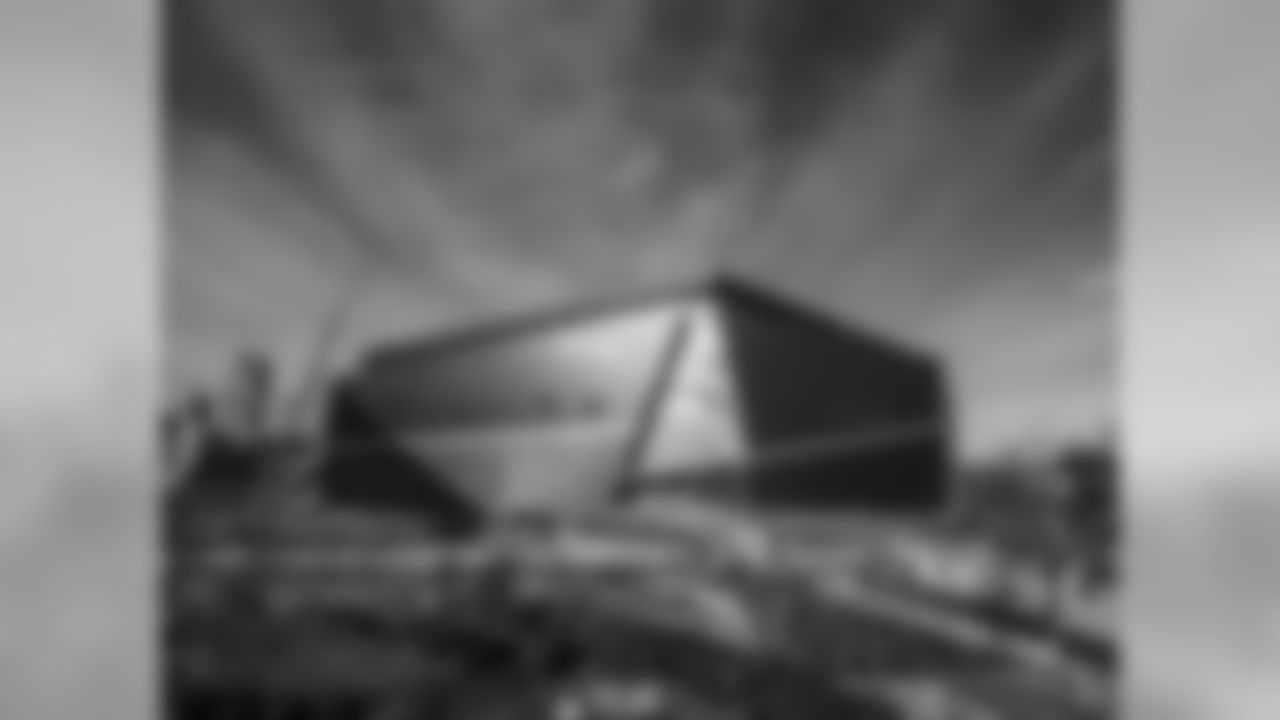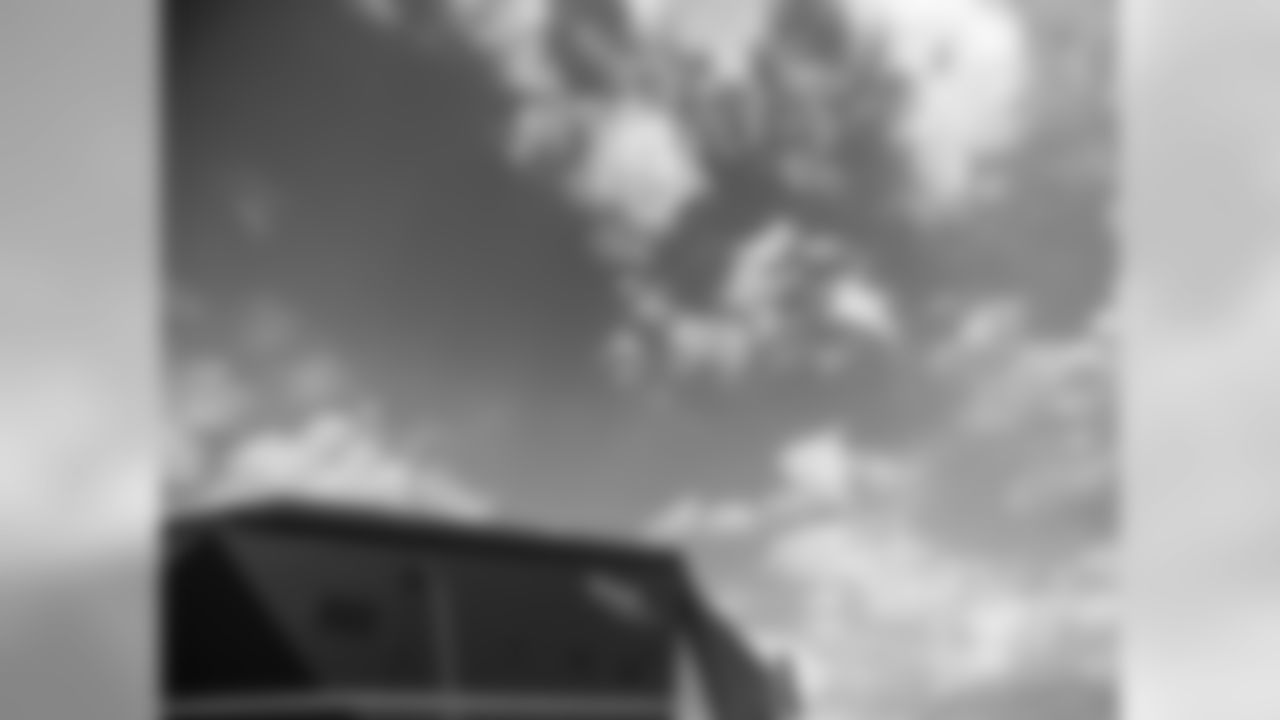Head Coach Mike Zimmer has helped the Vikings improve in multiple categories since his arrival in 2014.
Earlier this offseason, Zimmer told Vikings.com's Mike Wobschall one phrase he wanted to introduce to the 2016 team is "good is the enemy of great."
Could becoming good at a few more things be the key to earning a "great" designation.
Tim Yotter of Viking Update noted that Zimmer said last week at the NFL Annual Meeting in Florida that the coach believes the Vikings **can continue to improve** on last year's 11-5 team that claimed the NFC North.
"I don't think we're very good, to be honest with you," Zimmer said last week during the NFC coaches breakfast session with reporters. "I think we played good in spurts, but here's the other part: I've been complaining about the offense, but they don't have three-and-outs, we don't turn the ball over offensively, they for the most part controlled time of possession quite a bit, which helped us defensively."
Minnesota ranked fifth in points allowed per game (18.9) last season, which was 1.7 per game in back of NFL leader Seattle.
"There's a lot of things we didn't do good enough," he said. "We were good in situations. We were good in third downs for the most part, we were good in the red zone so that kept some of the scores down, I think. But we could be a lot better."
Yotter noted:
*The Vikings finished fifth in third-down defense, allowing first downs or touchdowns on only 34 percent of opponents' third-down tries. When it came to red zone defense, inside their own 20-yard line, they were fourth, giving up a touchdown only 44.2 percent of the time in those situations (the New Orleans Saints were last in the league at 67.7 percent). *
But Zimmer is right that there is plenty his defense can improve upon. Based on yardage, the Vikings were 13th on defense – 17th against the run and 12th against the pass. They were 21st in yards per rushing attempt and 17th in percentage of passes intercepted.
*
*
Takeaways from a pro day
Plenty of eyes fell on Ole Miss Monday where several players participated in pro day workouts for NFL scouts and coaches.
Receiver Laquon Treadwell, the **first player** highlighted in our "Prospect Profiles" series of 50 draft-eligible players, took his turns for the timers after not running the 40-yard dash at the NFL Scouting Combine.
Chris Tomasson of the *Pioneer Press *wrote:
*Treadwell didn't run at last month's NFL scouting combine, saying he hoped to clock in the range of 4.5 seconds at his pro day. Instead, he had times of 4.63 and 4.65 seconds. *
Tomasson wondered if the times posted **might affect Treadwell’s selection** in the NFL Draft.
"His 4.63 40-yard dash shouldn't matter because that's the speed he shows on film,'' draft analyst Dane Brugler said. "But it will scare some teams and cause him to slip a tad, even if it shouldn't. There are some smart (general managers) hoping that is true, because they would love to scoop him up in the 20s."
View some of the best images of U.S. Bank Stadium through the first 90-plus percent of the build.

























'A new chapter' in American sports architecture
Becky Quintal of Arch Daily *recently participated in a media tour of U.S. Bank Stadium and wrote that "a new chapter in the history of American sports architecture will surely begin with the imminent opening" of the venue. Quintal noted **elements that will set U.S. Bank Stadium apart*** **from other recently built stadiums:
*In the past 15 years, 13 new NFL stadiums have opened. The last closed roof stadium to be built was Ford Field in Detroit (2002). While the trend seemed to push towards retractable roofs, the solution that purportedly gives fans the best of both worlds may not be worth all the fanfare — or the price tag. In a city that has built over 8 miles of connected, climate-controlled walkways in order to navigate downtown during the frigid winter months, a retractable-roof stadium just didn't make sense. HKS convinced the stadium's owner and developer, the Minnesota Sports Facilities Authority (MSFA), to "go with the Minnesota version": a closed stadium with a lightweight, translucent roof and glazed entrances with breathtaking views of downtown Minneapolis. *
One thing is certain: this is not your average stadium. Between the wide concourses, high-tech lounges, turf-side suites, a section of telescoping seating and the world's largest pivoting doors, the venue is groundbreaking—and exemplary.






















